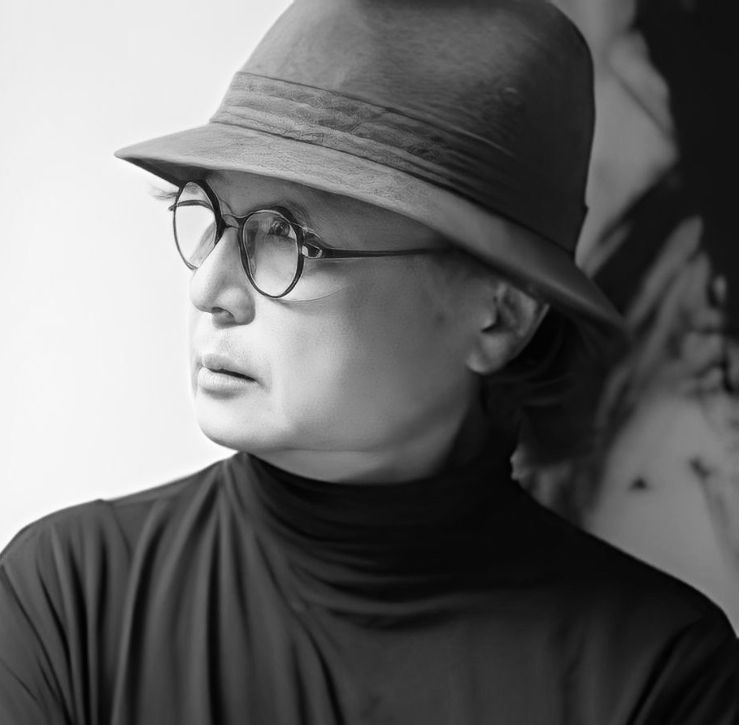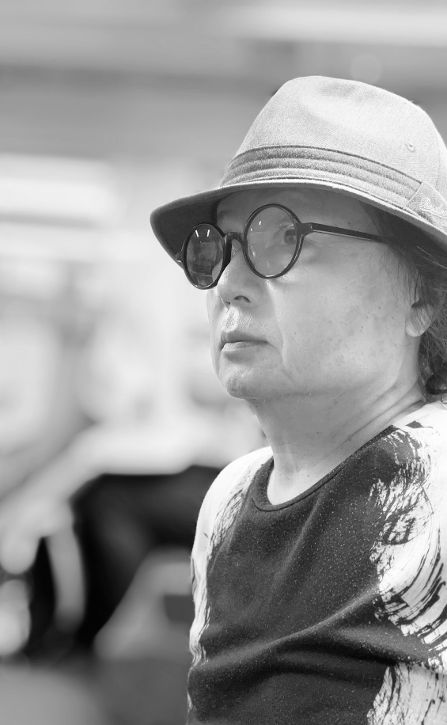
-What and who has inspired you the most in your artistic career?
I’ve been inspired by various things, including literature, photography, and painting, but my greatest interest has always been in my own imagination and fantasies. Therefore, there isn’t a specific work or person that has had a significant influence on me. If I had to say something, it might be the very essence of Japan’s nature, where life and non-life constantly vie with each other and the daily lives and landscapes that I saw during my travels in my 20s. Among films ,my favorite works are Parajanov’s The Color of Pomegranates and Matti Pellonpää inAki Kaurismäki’s films. People and things that move me are simply existing there, expressing and conveying their very reality.
-Every true artist is also a revolutionary against power. Do you think there is still room today to express one’s revolution through art?
One of the qualities of a true artist is expressing oneself freely, without being concerned with profit or loss. I believe that there is goodness in human nature, and that everyone has the right to happiness. Therefore, the world I express through my art naturally includes, either indirectly or directly, protest against authoritarian power that imposes suffering and controls rights. In that sense, I see my role as an artist as one who seeks goodness and justice, and continues to be revolutionary.

-We live in a world where, unfortunately, war still exists. Do you believe that if there were more dissemination of art through the media and social networks, the world would be a more peaceful place?
By stirring emotions and stimulating the senses and sensitivity, people can experience a sense of happiness. I believe that the mission of the media and social networks is to deliver the works of artists and creators to the many people who are seeking them.
-Are you working on a new project? If so, can you give us a sneak peek?
My current project explores timeless themes such as parental love, loss, fate, anger, and forgiveness through the story of a young postman on a red bicycle. It is set in post-World War II Japan during the 1950s to 1970s weaving them into an imagination that transcends time.
